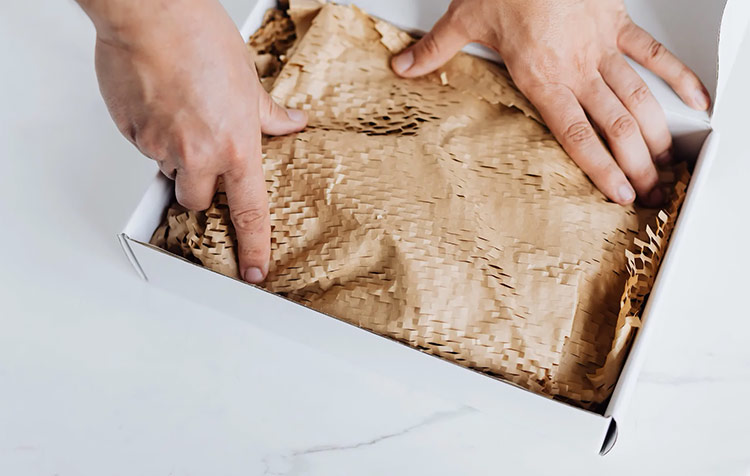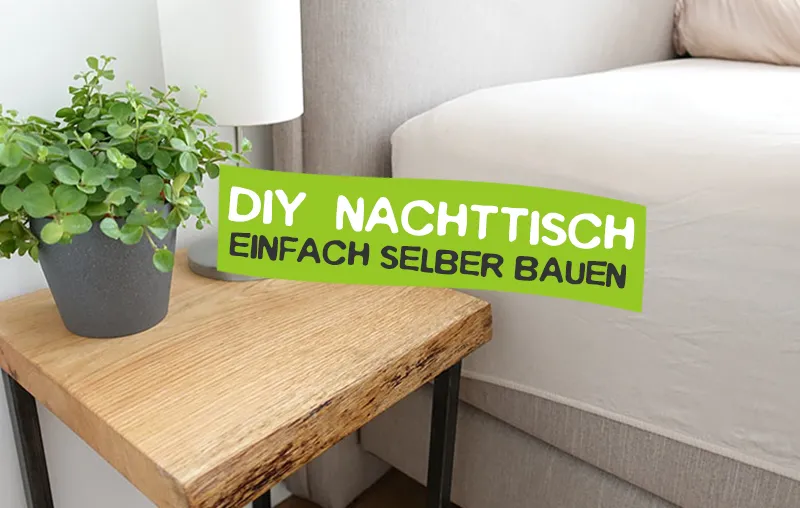Are you looking for sustainable filling material for parcels and want to know how you can make your parcel shipping more environmentally friendly? Then you've come to the right place!
Maybe you know the following situation: You order a relatively handy product in an online store and a few days later the delivery person brings you a huge package. After opening it, you realize that it contains the goods you ordered - and mountains of plastic film around it to protect them. It's probably happened to all of us at some point, and the more you care about environmental protection and sustainability, the more annoying it is.
Therefore, in this article I would like to give you some ecological alternatives for padding shipping boxes. You'll learn why this is important, which filling materials are suitable and where you can get them. I'll also give you some valuable information about cost and innovation aspects. Let's go!
Here you can find a short overview in advance:
Notice: The content of the article is only apparently aimed at commercial providers! Of course, you can use the tips and ideas just as well for private parcel shipping.
The role of cushioning material in the mail order business
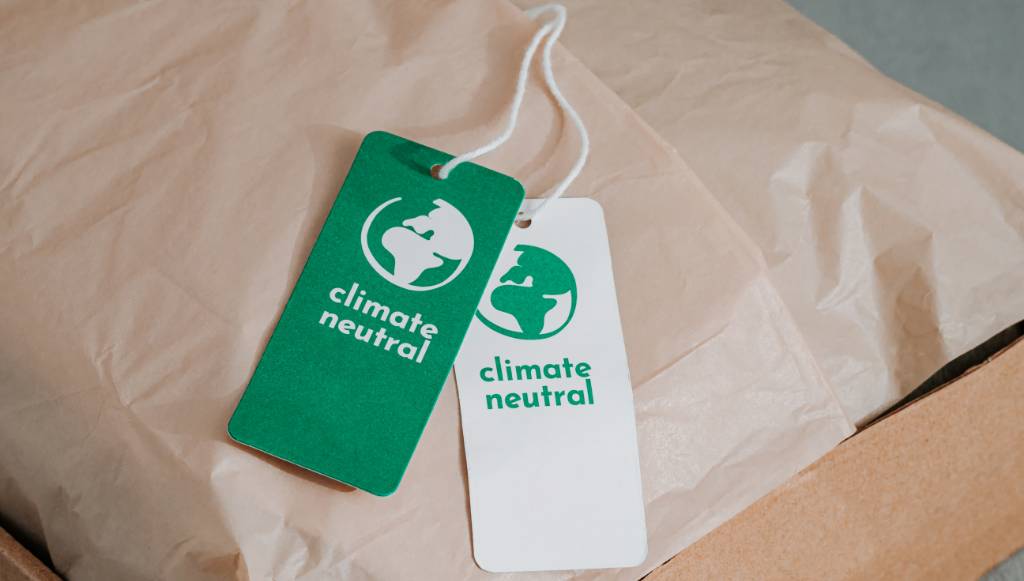
Can't you just do without padding and filling materials altogether when shipping? No. Unfortunately, it is not possible without padding material.
Fragile goods must be during transport from shocks and scratches protected should be avoided. Pointed objects or those with hard edges should be prevented from puncturing cartons. Heavy products that may be damaged during shipping Vibrations exposed could wear out due to constant friction if they are not padded.
And what can you generally take as a filler? Here is a small overview of the most commonly used materials:
- Foam foil
- Air cushion / bubble wrap
- Packing chips
- Styrofoam panels
- Bubble cushion
- Wool
- Cardboard and paper
- All purpose blankets
- …
Of course, I don't want to question the fact that a safe packaging material also includes a filling. Most goods require a filling material in which they are wrapped or wrapped - or by which they are padded. Cavities should be avoidedThe products sent by mail must arrive safely at the recipient's doorstep.
However, sustainable cushioning material for packages serves the purpose just as well as the conventionally used fillers made of plastic or Styrofoam - and also protects nature.
Good to know: Filling and cushioning in the mail order business are not the same thing, by the way. When a package is filled, the main aim is to close cavities and prevent the goods from sliding around in the carton. When cushioning, the focus is on wrapping the product.
The impact of non-sustainable upholstery and filling materials
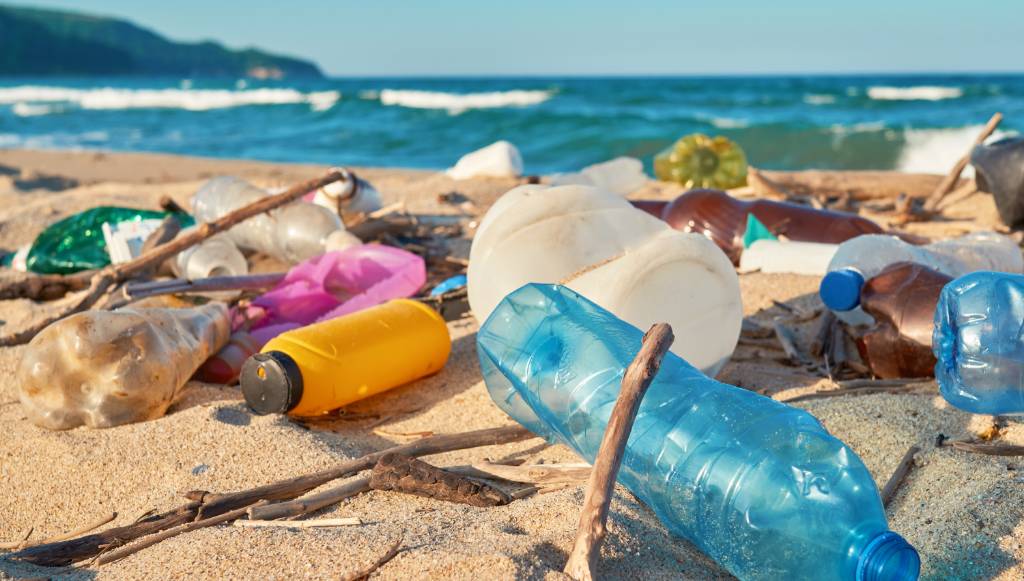
Why is switching to sustainable filling material for parcels and shipping boxes actually so important? The Federal Environmental Agency has announced that in Germany 19 million tons of packaging waste in 2019 was generated. Although this figure also includes packaging from disposable products such as beverage cups, mail order also accounts for a high proportion of the waste generated. And that is precisely what is problematic.
Where exactly is the problem with packaging waste?
Every year, between 5 and 12 million tons of Plastic waste into the seas. There, they are eaten by animals that die from them. Anyone who eats marine animals is also very likely to ingest the microplastics through their food. Exactly what consequences this has has not been researched - but that it can't be good is clear. In addition, plastic film usually contains polyethylene, which is classified as harmful to health by BUND, an environmental and nature conservation association.
Styrofoam, which is often used as a cushioning material, is no better. Like plastic it is Non-biodegradable and thus piles up into ever larger mountains of waste. As soon as styrofoam becomes contaminated - i.e. when it is used as cups or eating utensils, but actually also when it has been used in the mail-order business - it can no longer be recycled. In addition, the basic building block of Styropor, styrene, is suspected of being carcinogenic.
For these and other reasons, any reduction or even avoidance of plastic and polystyrene waste is important, and each of us can contribute a little by using ecological alternatives. Find out now what those alternatives are, especially for upholstery and filling materials.
Tip: Many returns of online orders are unnecessary - this is another way to save packaging material! How exactly you as a seller or private consumer can Avoid returnsyou can read in the linked article.
You can replace conventional filling materials with these eco-friendly alternatives
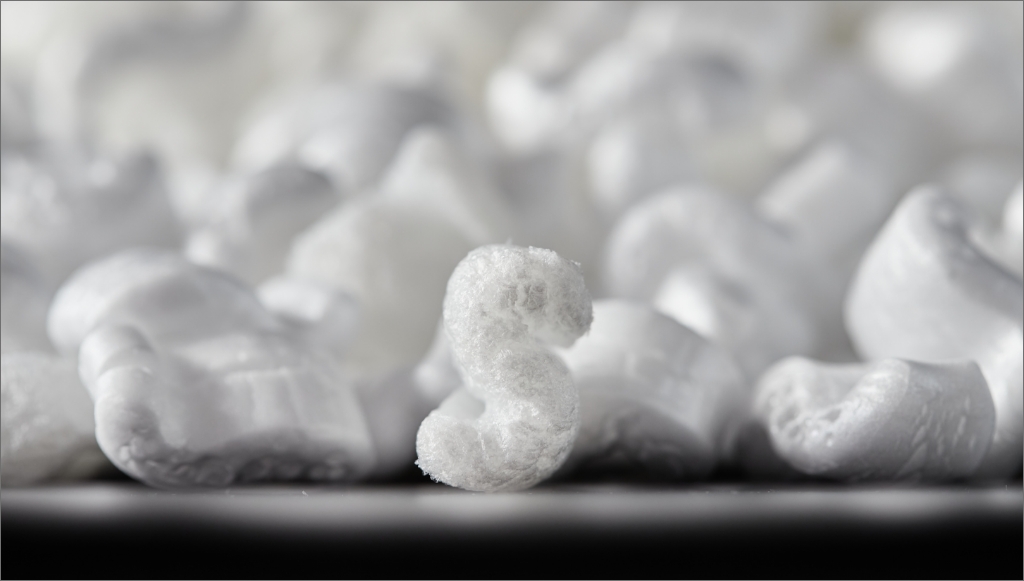
What ecological substitutes are there for protecting goods? For every environmentally harmful product there is a sustainable alternative - this also applies to filling and padding materials.
I present you here five substitute products, which due to their special properties are excellent as a filling material and alternative for conventional Bubble wrap, bubble cushion, styrofoam, packing chips, stretch film or PE Foam film suitable.
1. packing chips from corn
If you want to protect your goods during shipping, packaging chips made of corn are a good, ecological substitute that protects the contents of the box and the environment at the same time. The chips are produced exclusively from corn starch and water and are therefore 100 percent compostable.
Of course, you do not have to compromise on quality: The packaging chips have the typical 8 or S shape, which makes them interlock with each other and form a stable cushion. Because of their low dead weight, they are also easy on the wallet, as higher postage costs are not usually incurred. In addition, they have the same properties as Styrofoam alternatives - they are dimensionally stable, flexible, shock-resistant, antistatic, odorless, dust-free and reusable.
The recipient or the recipient can then simply Dispose of them in the compost or organic waste garbage can, if he or she does not even want to continue using them. You see, cornstarch packaging chips have no disadvantage for you and allow sustainable shipping!
You can order corn packaging chips here*
2. wood wool
For padding fragile items, I can also recommend you wood wool. It will from debarked, dried trees manufactured and can be easily composted after use. The thin chips are particularly Flexible, yet resistant enough to safely protect shipping goods.
In addition, wood wool is often used as decorative upholstery material used: An expensive wine bottle or a noble piece of jewelry, embedded in wood wool, that looks elegant and stylish - and visually enhances the product.
You can order wood wool as packing material here*
3. hemp fleece
An interesting alternative, especially for shipments where temperature is an issue, is hemp fleece. The useful plant hemp has similar properties in terms of heat conduction as Styrofoam, which is often used for thermal shipments. It Keeps cold goods cool (in combination with dry ice even at -18° Celsius) and warm products warm.
This makes hemp fleece ideal for the Transport from Medication, sensitive Electrical goodsbut of course also from Food. It can also be disposed of in the organic waste. Or the filling material can find a new home in the rabbit hutch, for example. Either way, hemp fleece is an extremely sustainable filling material for packages.
You can order versatile hemp mats here*
4. wrapping paper from waste paper
Schrenzpapier is a technical term from the mail order business and refers to wrapping paper made from unsorted waste paper. It is Particularly inexpensive and is usually also offered on rolls. By generously crumpling the wrapping paper, you can also fill larger cavities in your package quickly and in an environmentally friendly way, thus keeping your goods in place in the box. A simple but extremely sustainable filling material for packages.
You can order rolls of Schrenzpapier here*
5. carton
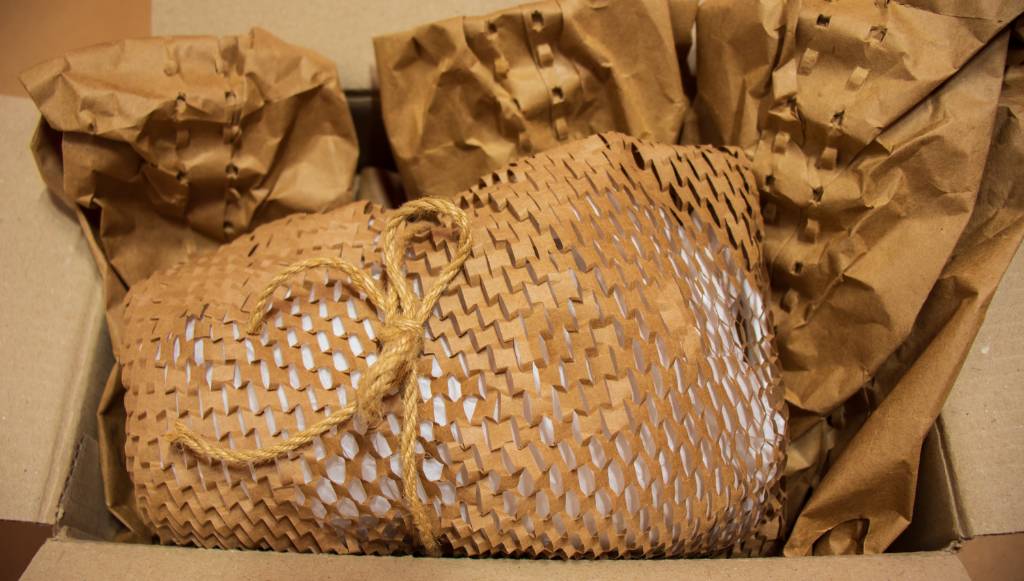
Visually not quite as beautiful, but particularly robust, is cardboard. It has the same cushioning properties like bubble wrap but is made of recycled paper and can be recycled via paper waste.
The offer is large: You get it as a Roll corrugated board, to be able to safely protect large or heavy goods from shocks, shredded corrugated cardboardwhich, like wood wool, is particularly suitable for sensitive products or Cardboard netswith which you can wrap your goods. In addition, cardboard is offered as a filling material in various thicknesses.
Sustainable filling material for packages protects the environment and the wallet
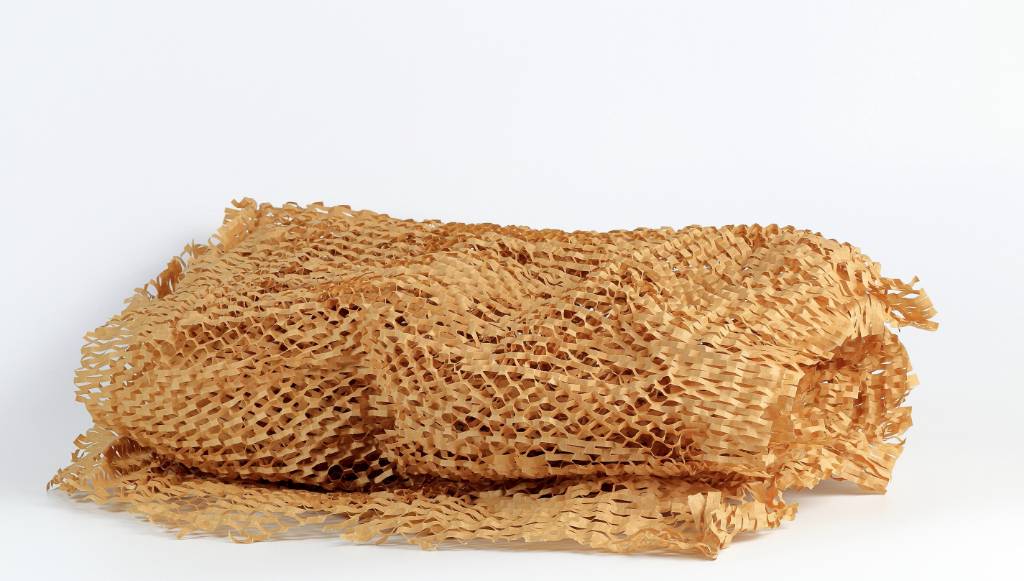
Ecological padding in shipping boxes doesn't have to be more expensive! Depending on which sustainable alternative you choose, the costs are not necessarily higher than for the Styrofoam or plastic variant.
Of course, your personal preferences also play a role here. Corrugated cardboard or Schrenzpapier made from waste paper are very inexpensive, but due to their typical gray color they are visually less appealing. Wood wool is a decorative packaging material, but the prices are also somewhat higher.
Also keep in mind that the filling material together with the shipping box is the first thing recipients:inside get to see. Possible higher prices can therefore be quickly put into perspective if you can strengthen customer loyalty through your sustainable actions.
One more important tip on the side: You should Buy packaging, that fit your show! So you need less padding material. So if you choose boxes that are only slightly larger than the product, you can still save money despite the investment in sustainable filling materials.
Tip: If you would prefer not to spend any money at all on stuffing material when shipping privately, then simply collect old newspapers and use the newsprint to pad out your packages. They serve their purpose just as well as filler.
These new ecological innovations could revolutionize the packaging industry
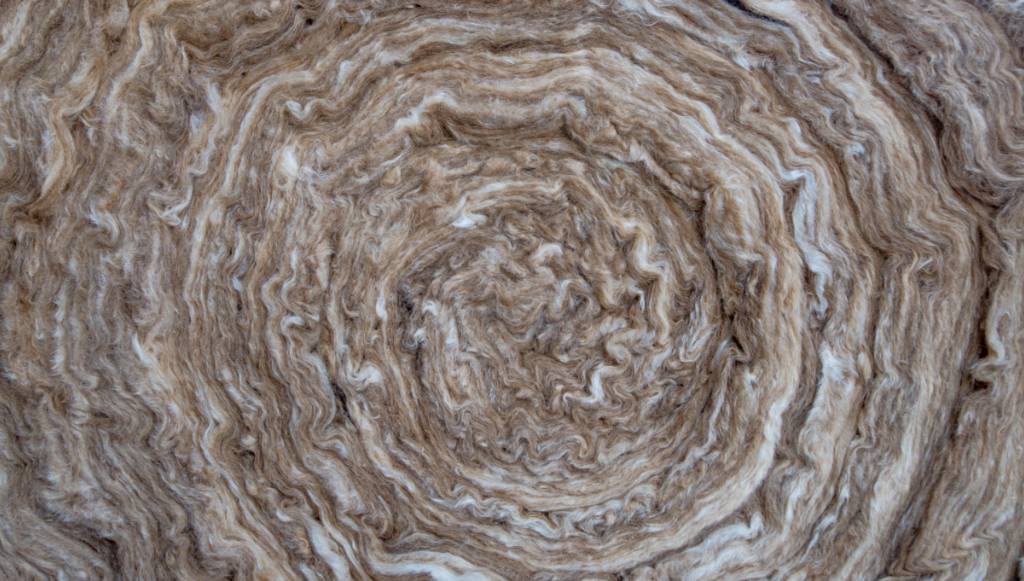
Sustainability is the central topic of our generation. That is why there are constantly new developments to make our Make life more ecological. Of course, this also applies to the packaging trade.
One innovation, for example, is the insulation of food in the shipping department with (but not vegan) virgin sheep's wool. The Sheep wool has very good insulating properties and also has a heat-regulating effect. It is therefore particularly suitable for shipping goods that need to be cooled. As a natural product, it can be disposed of in the household compost afterwards. (Hemp fleece is a suitable, vegan counterpart).
We have reusable shipping containers to thank for another development. These are very stable and sturdy Plastic boxes, which can be used up to 1000 times. The special feature: Filling material is no longer necessary here at all, because the goods can be fastened inside with special holders and are thus protected from impacts.
Similar to wood wool is also Straw used as upholstery and filling material. Another innovation from New York is Fungal tissue, which grows into any desired shape and thus could become interesting for shipping.
Frequently asked questions about the filling material of packages answered
What can you generally take as filling material for packages?
Generally, mainly the following filling materials are used for safe shipping of goods and packages:
- Foam foil
- Air cushion / bubble wrap
- Packing chips
- Styrofoam panels
- Bubble cushion
- Wool
- Cardboard and paper
- All purpose blankets
- …
What is the name of the paper in packages?
The paper in shipping boxes is generally referred to as packing paper, filling paper or stuffing paper. It is used to protect goods and to ensure safe transportation to the recipient or consignee.
What sustainable filling materials are available?
The following fillers are particularly suitable for environmentally friendly, safe shipping of goods and packages:
- Corn starch packing chips
- Hemp fleece
- Wood wool
- Schrenzpapier
- Corrugated board
How do I dispose of filling material correctly?
It all depends on which fillers are involved.
If it is, for example, Schrenzpapier, then it can be disposed of in the waste paper. If a product was protected with polystyrene or plastic, then it belongs in the plastic waste. Hemp fleece, wood wool or packaging chips made of corn starch, on the other hand, can (as a rule) be disposed of in the organic waste garbage can.
Sustainable filling material for packages is the future!
With the switch to organic materials, you not only protect your goods, but also spare the natural resources the earth. For this, when choosing your filling material, think not only about how the packaging material is made, but also how it will be disposed of later.
As you can see, sending packages sustainably doesn't have to be expensive or complicated. It doesn't matter if you're looking for filling material for cardboard boxes every day or only once in a while - because every piece of plastic or Styrofoam you save helps the environment. So let's do it and pack our parcels sustainably!
I hope that I could help you with this post about sustainable filling material for packages and boxes. Do you have any questions, suggestions or further tips? Then I look forward to your comments!
Stay sustainable,

PS.: Nowadays, people mainly send orders from the Internet in parcels. How you as a consumer store online as sustainably as possible you can find out now in the linked article.

